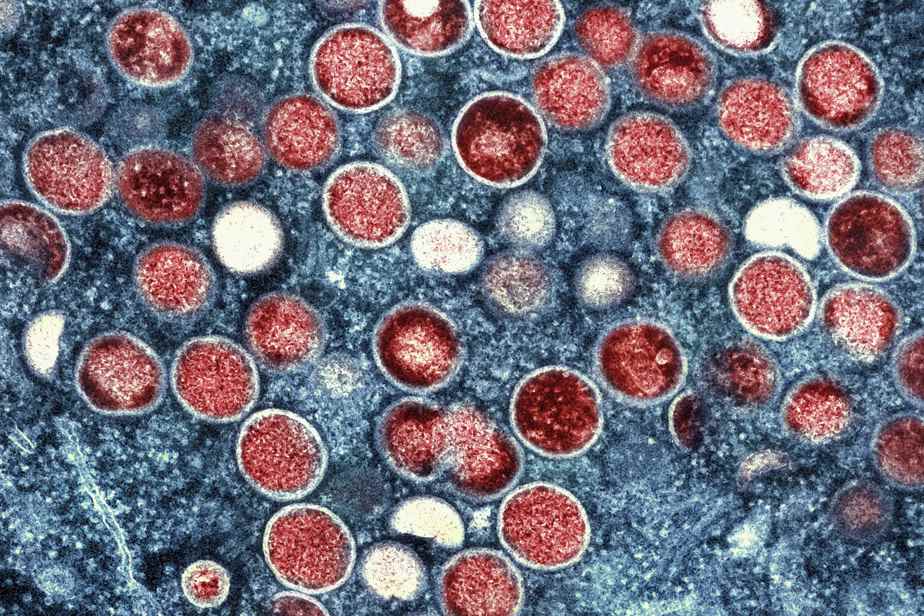On July 23, the World Health Organization (WHO) raised the alert level for monkeypox in the face of the rise in cases by declaring a “public health emergency of international concern”. As of August 2, more than 25,000 cases of monkeypox were listed worldwide, including 823 in Canada. Here’s what you need to know.
Posted at 1:08 p.m.
No treatment
There is no cure for monkeypox, but the viral infection is self-limiting. Symptoms usually resolve spontaneously within 14 to 21 days. The smallpox vaccine, given to Canadians until 1971, is more than 85% effective against the monkeypox virus, according to Government of Canada data. The WHO recommends vaccinating those most at risk, as well as health care workers, who are more at risk of being confronted with the disease.
Symptoms
The most common symptoms of this infection are fever, headache, muscle aches, back pain, swollen lymph nodes, chills and fatigue. Rashes can also occur, often on the face, and spread to other parts of the body, including the genitals.
Traffic and transmission
Usually circulating in Central and West Africa, the virus is, outside of Europe, now present in several countries, including Canada, the United States, which listed, as of August 2, 2022, 6,325 case*. Monkeypox is not currently considered a sexually transmitted disease and anyone can contract it. Direct skin-to-skin contact, but also infected sheets or clothing are vectors of transmission of the disease. Death
Death
The first deaths outside Africa of people infected with monkeypox were announced on July 29, a few hours apart, by Spain and Brazil, without it being known whether the virus is indeed the cause of these two deaths. 1er August, India announced the death of a man infected with monkeypox, which could become the first fatal case on the Asian continent.
*According to the Centers for Disease Control and Prevention website.
